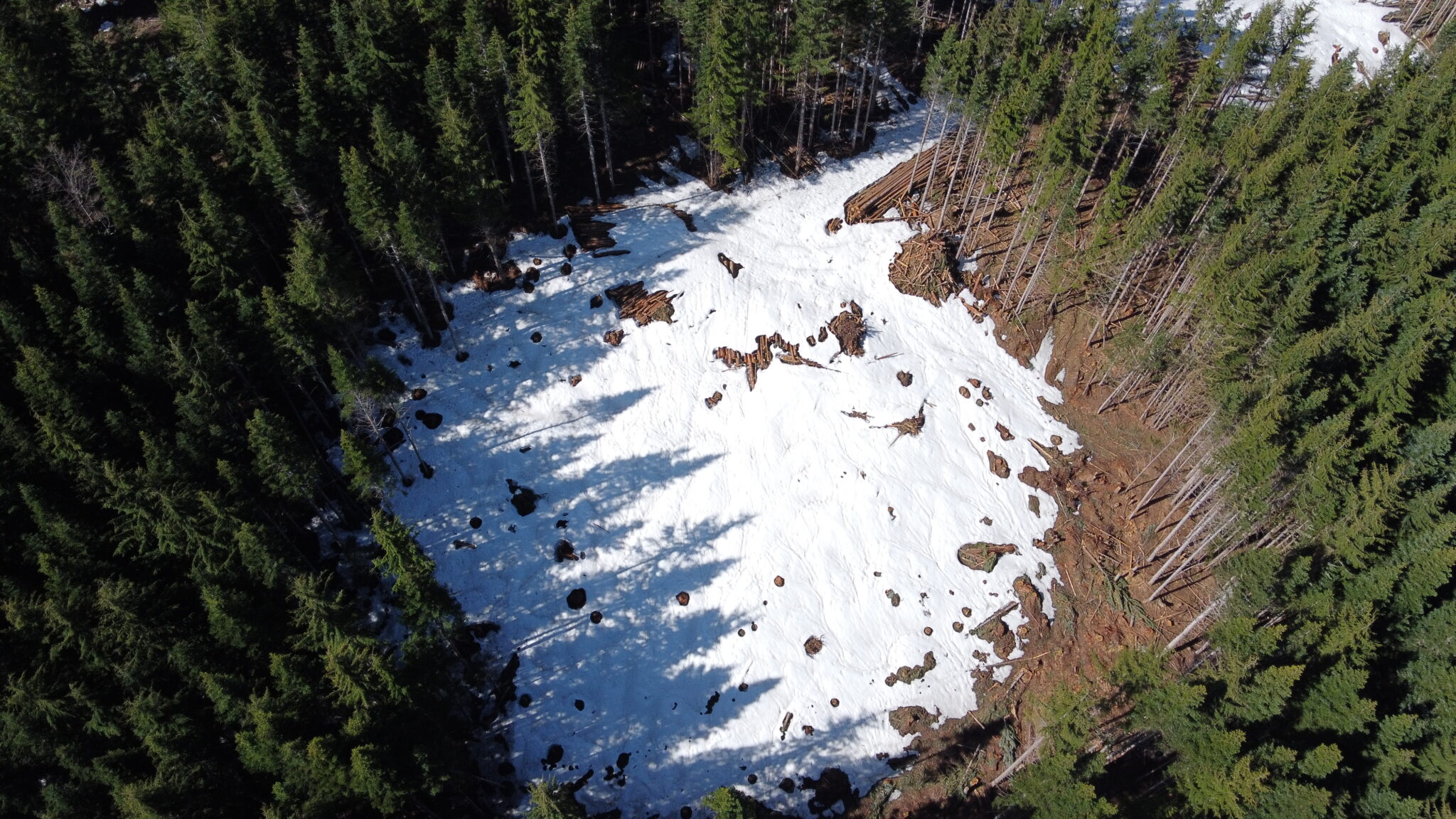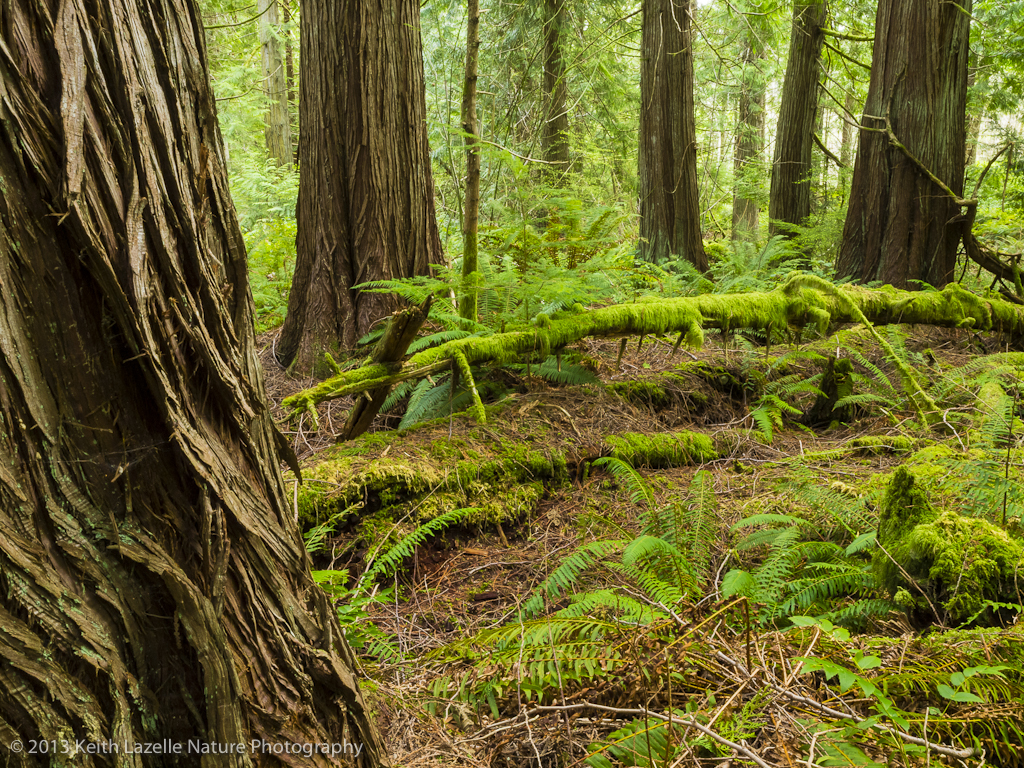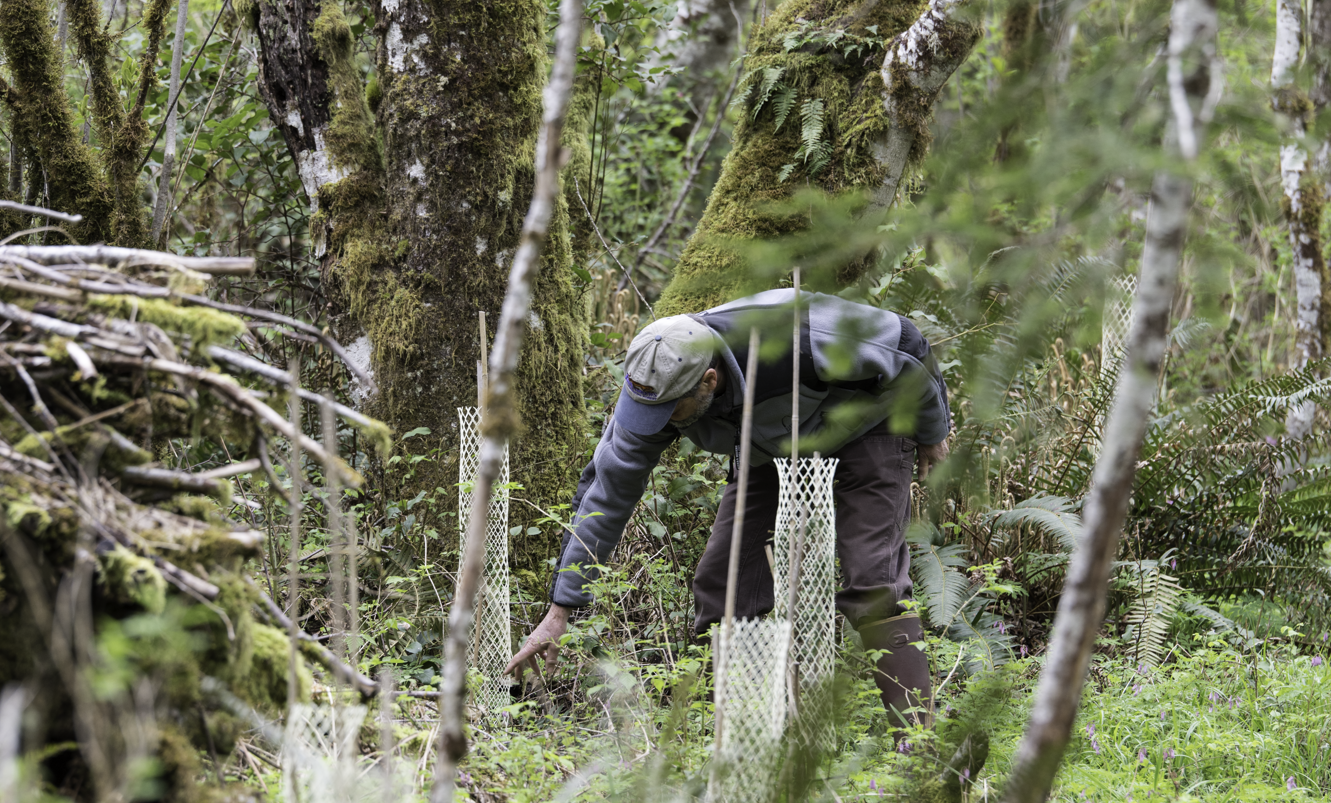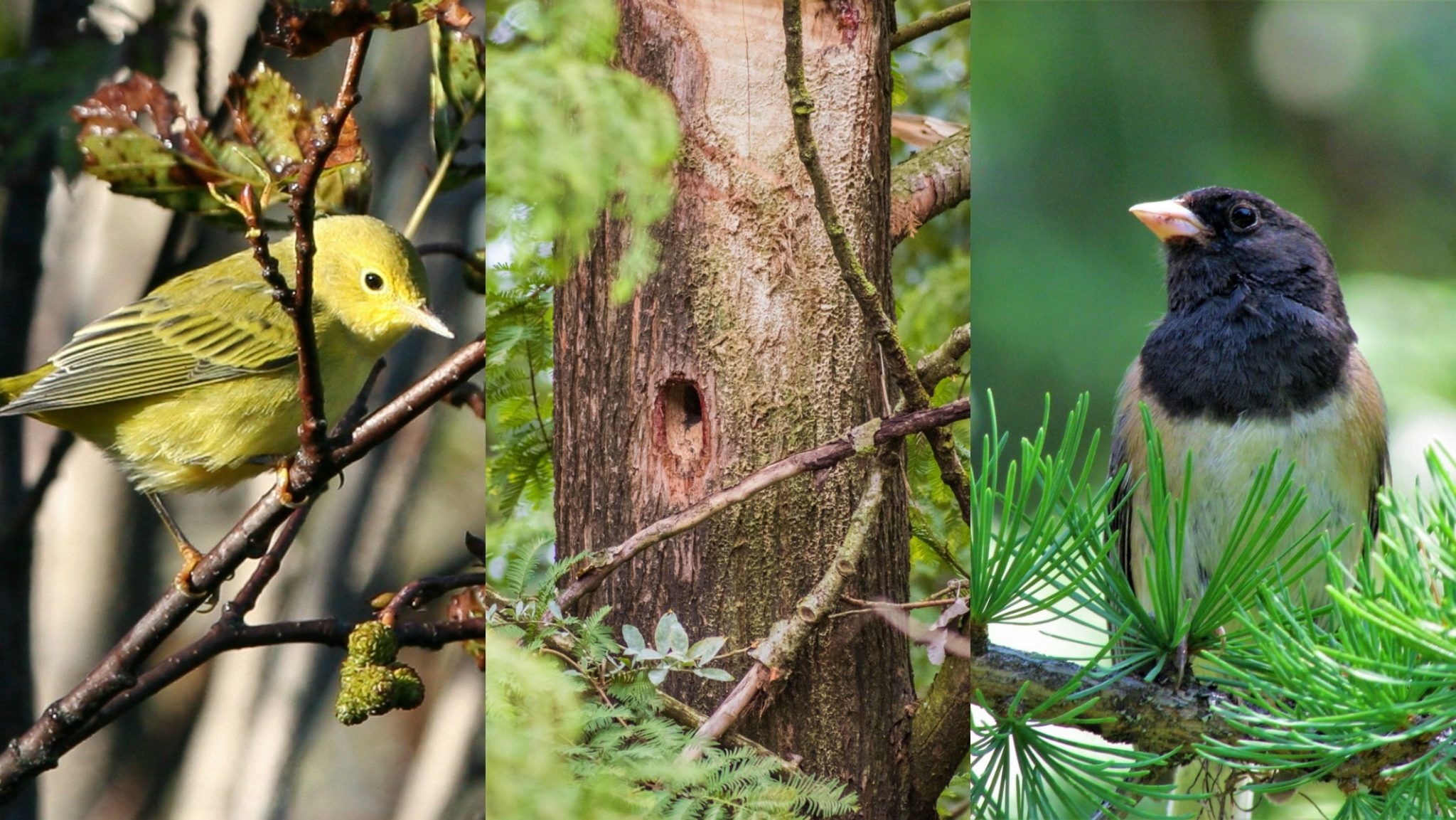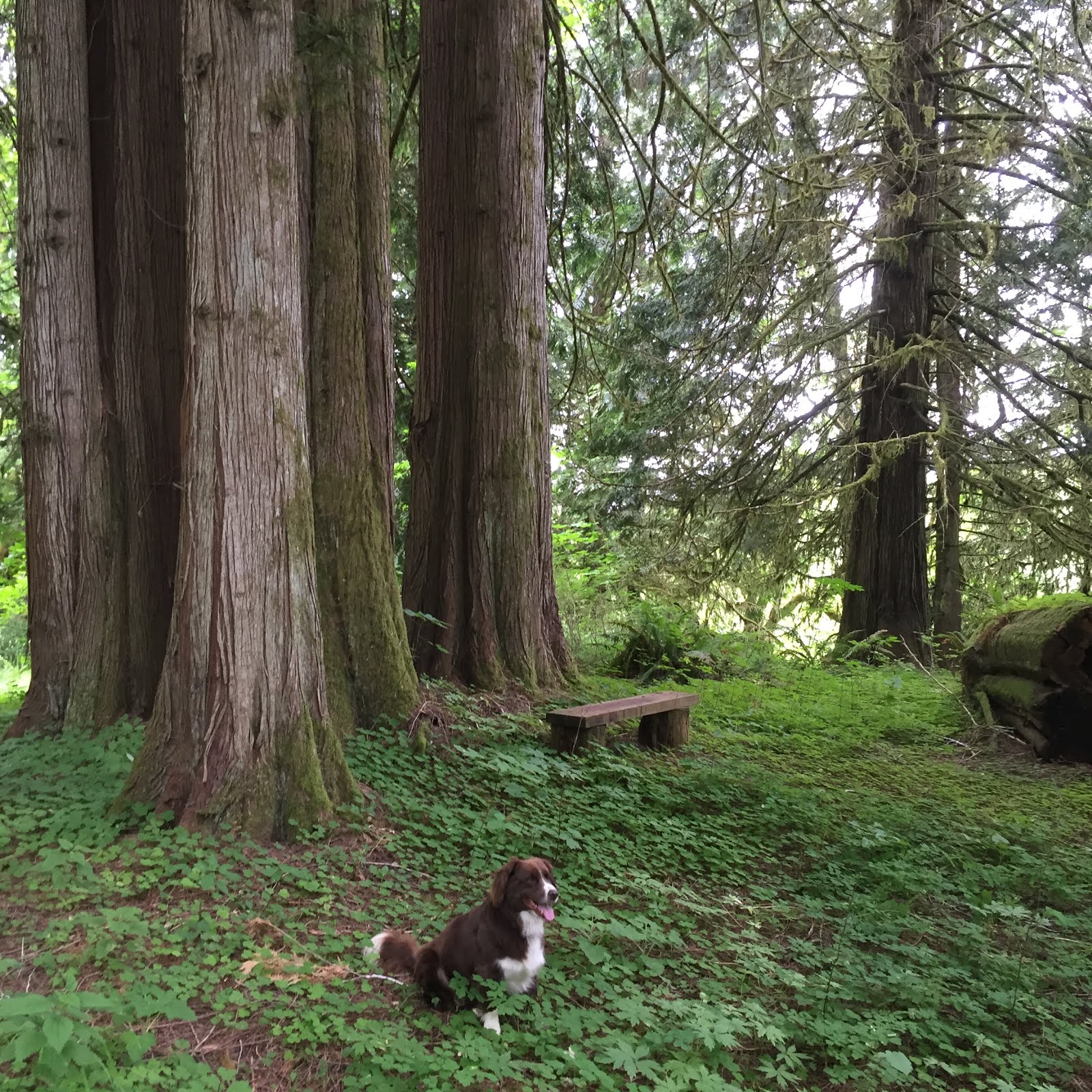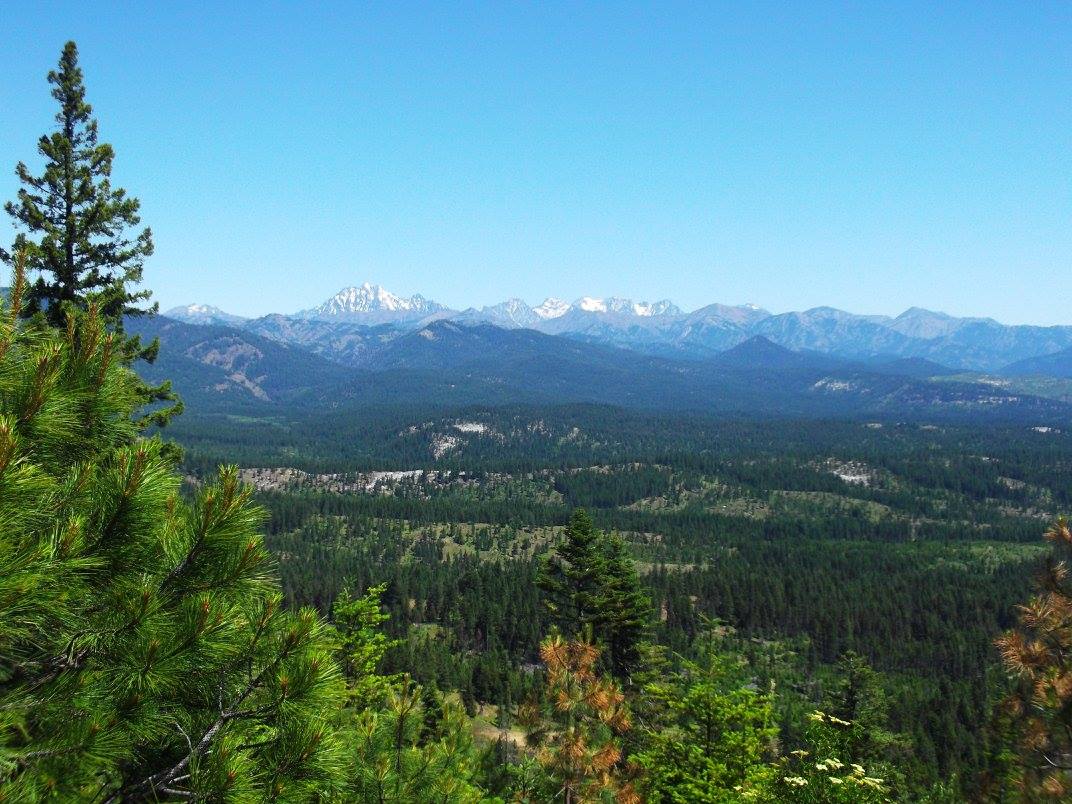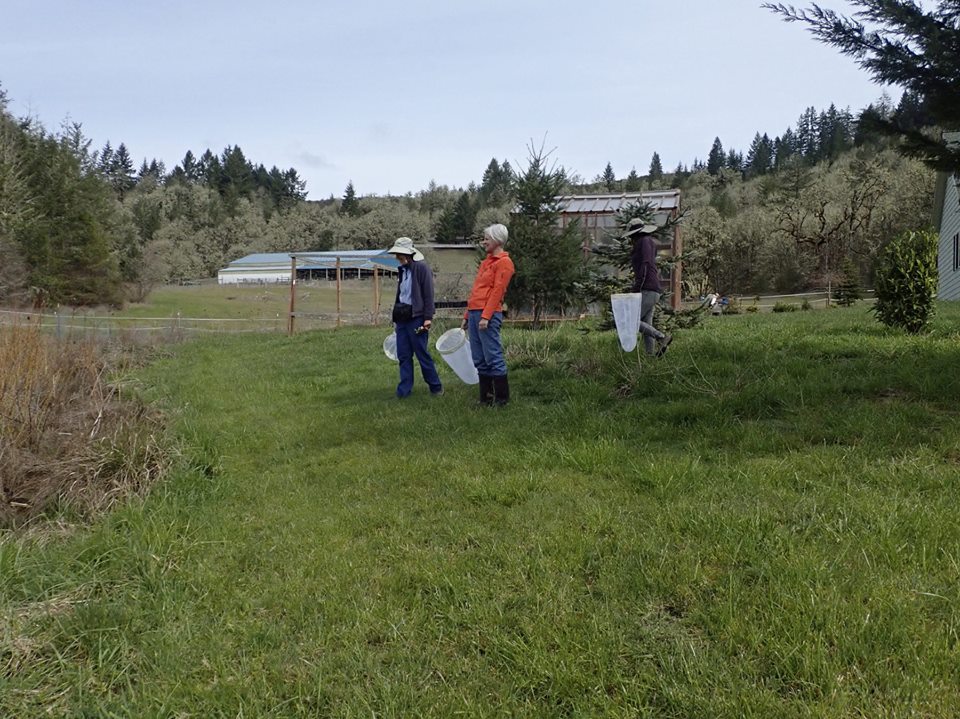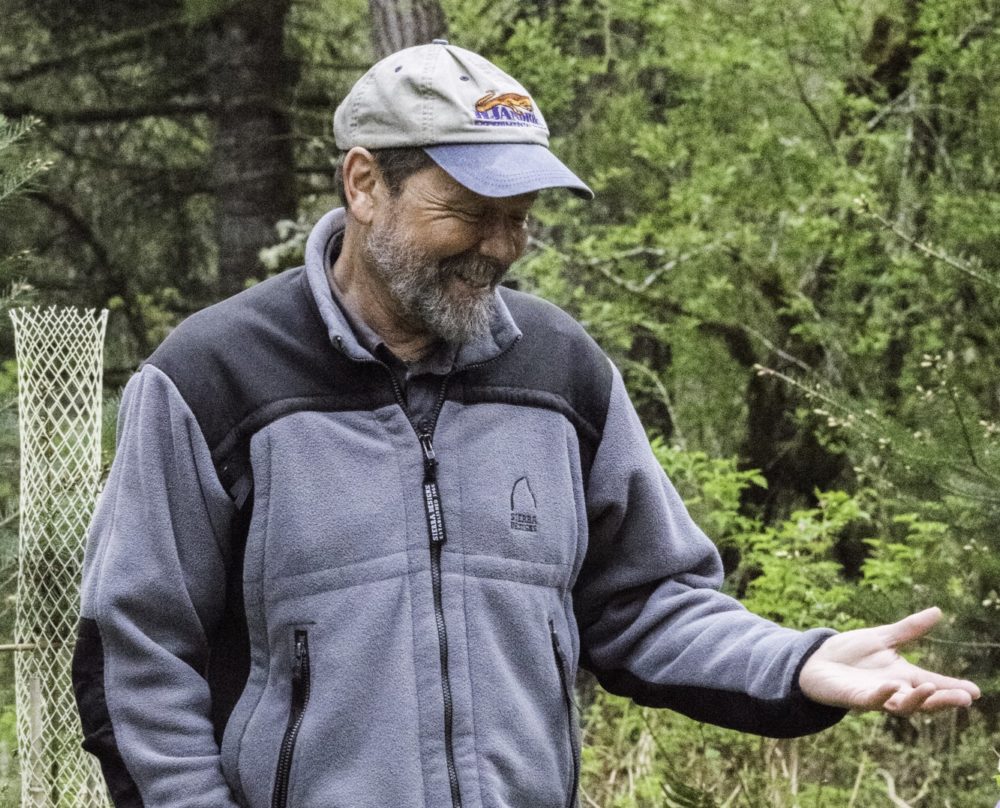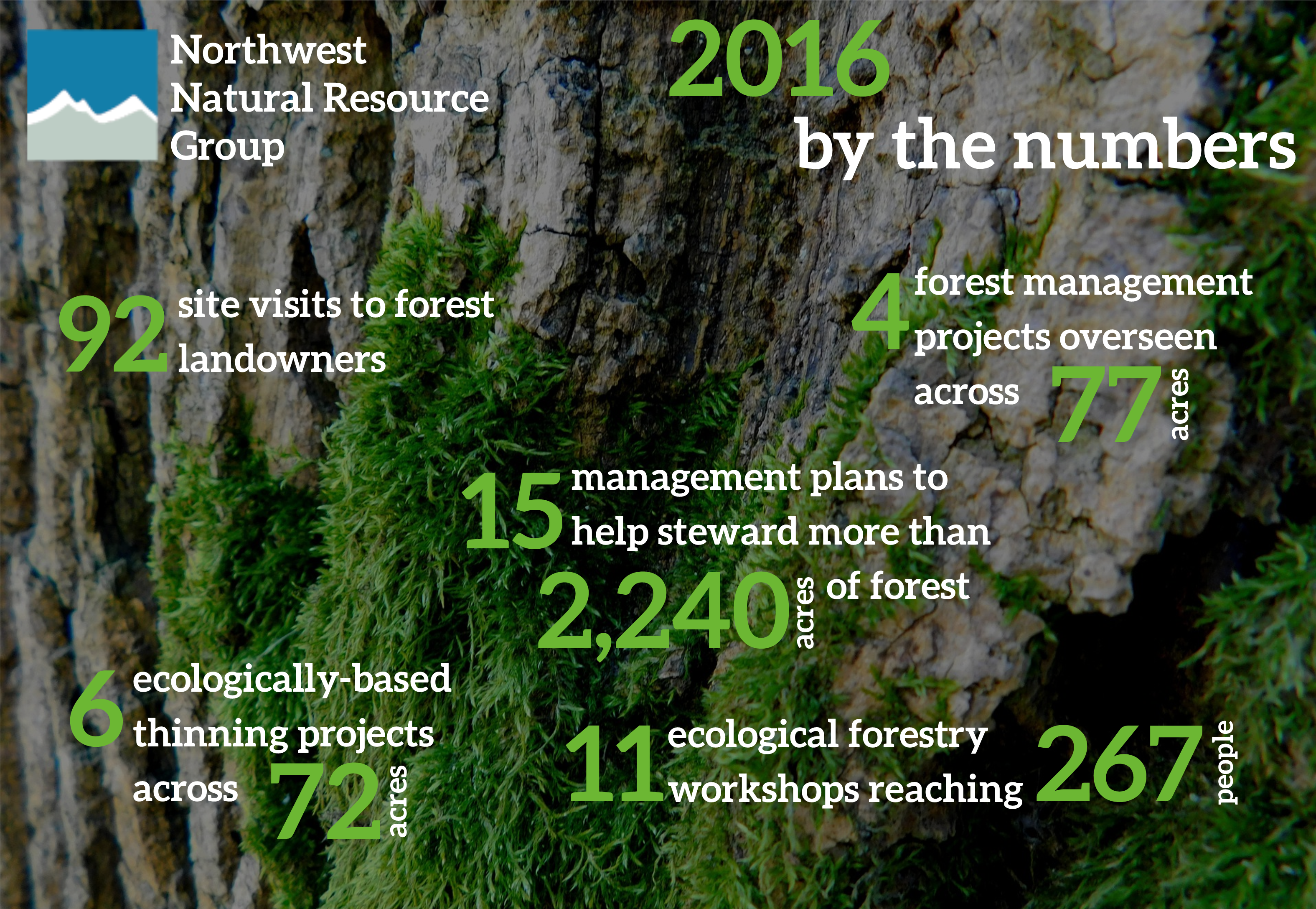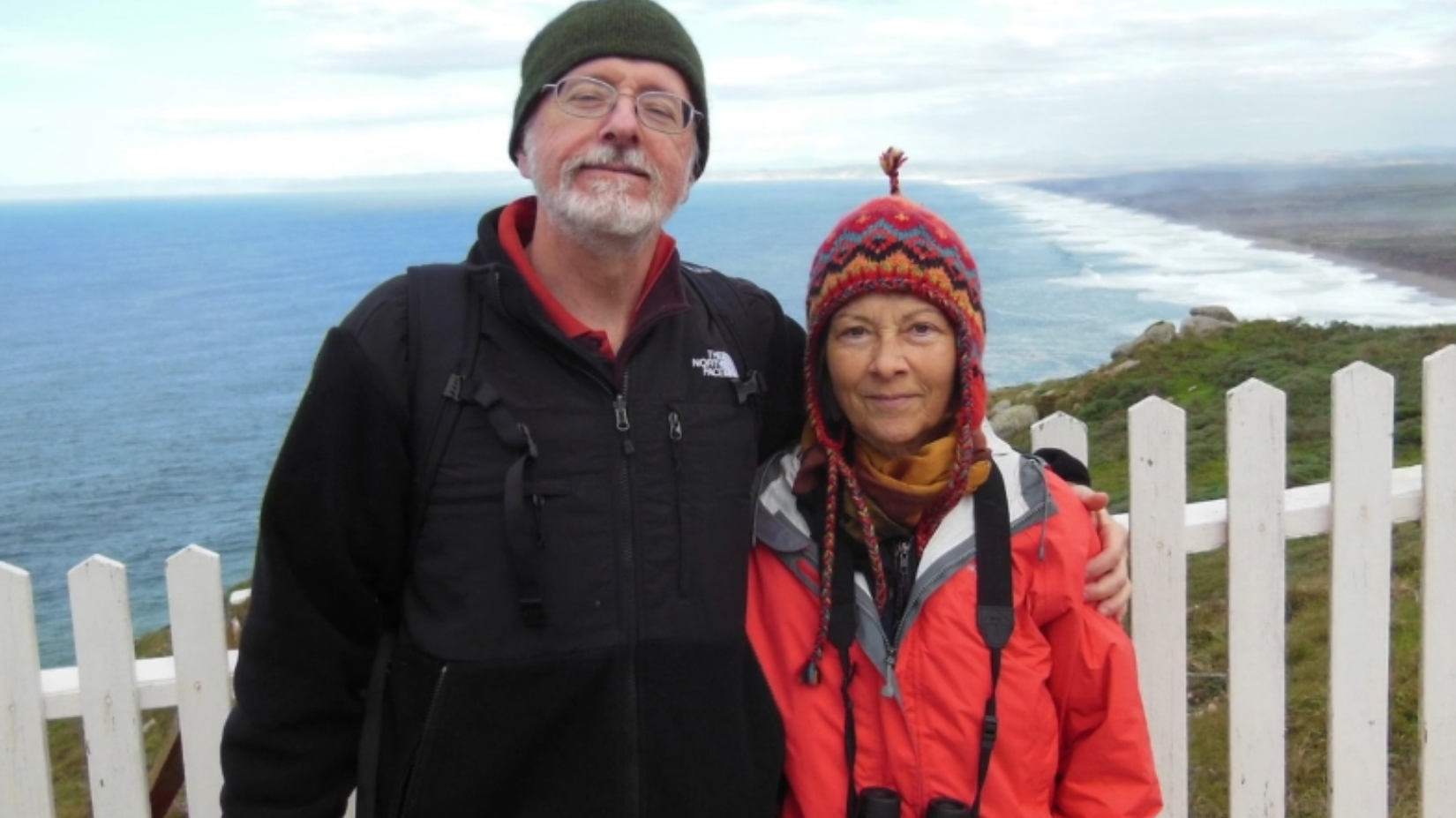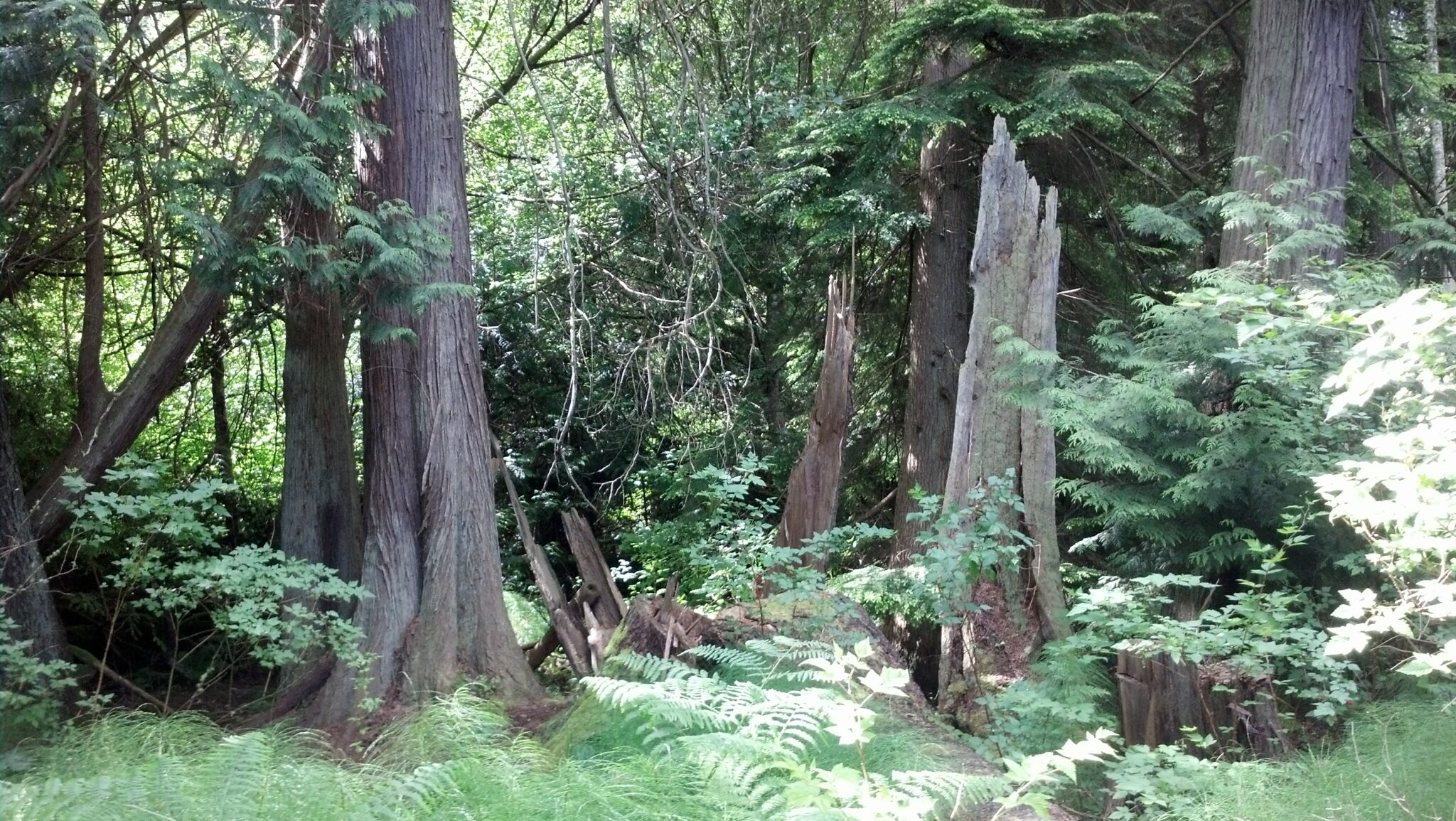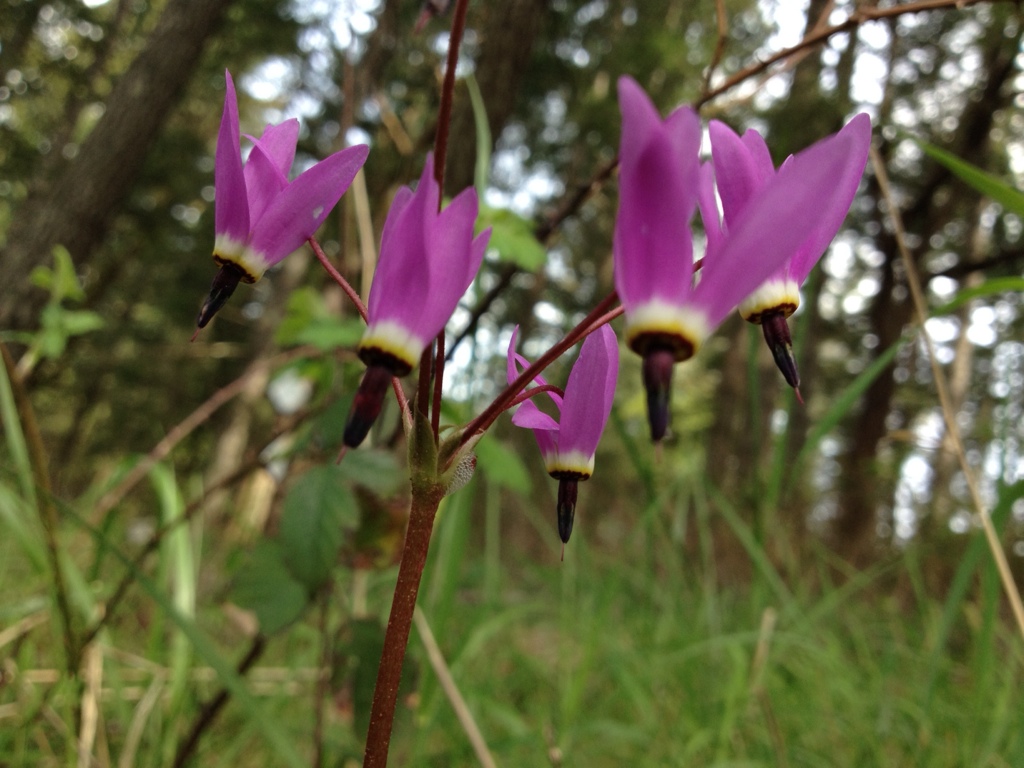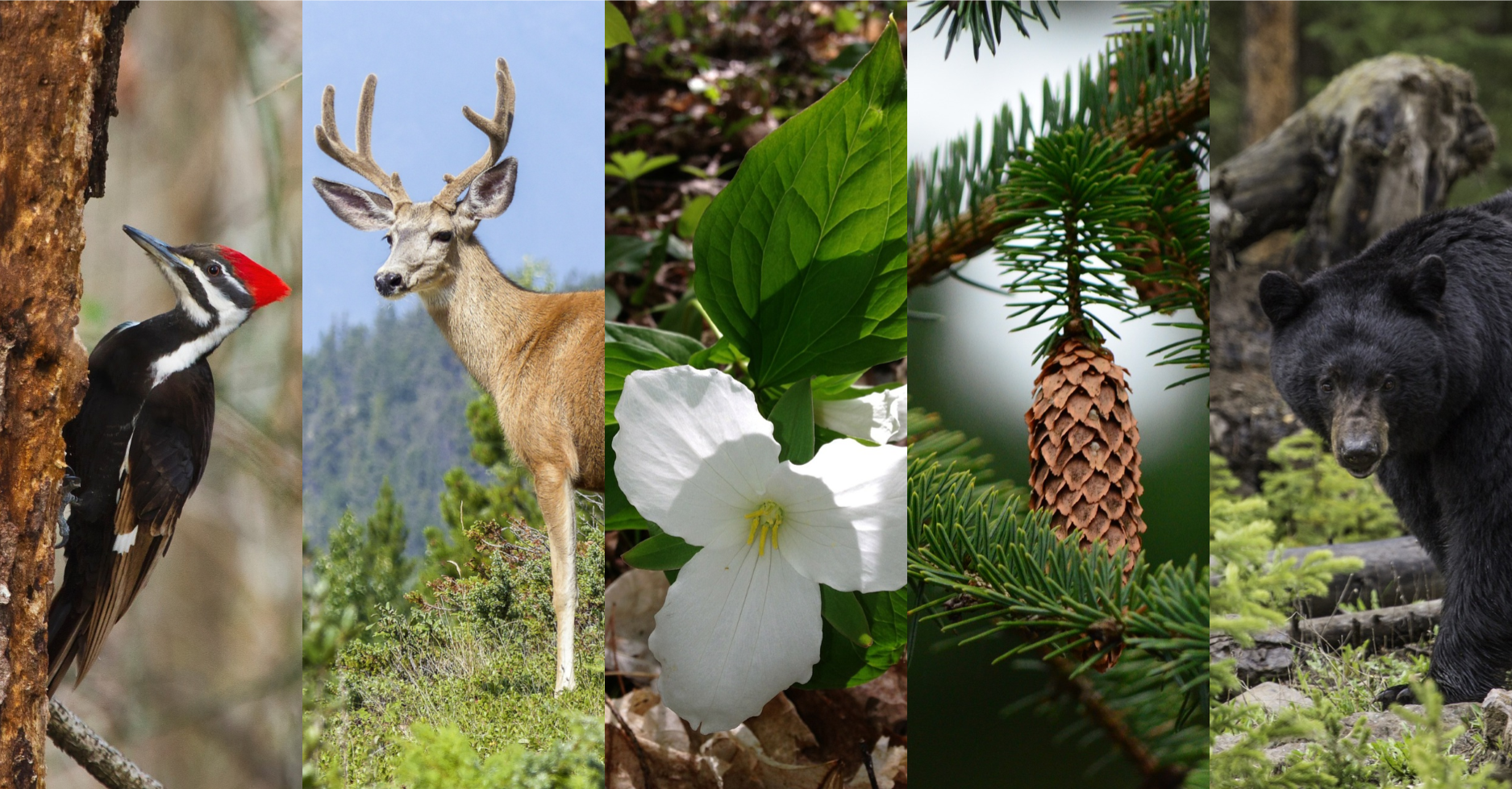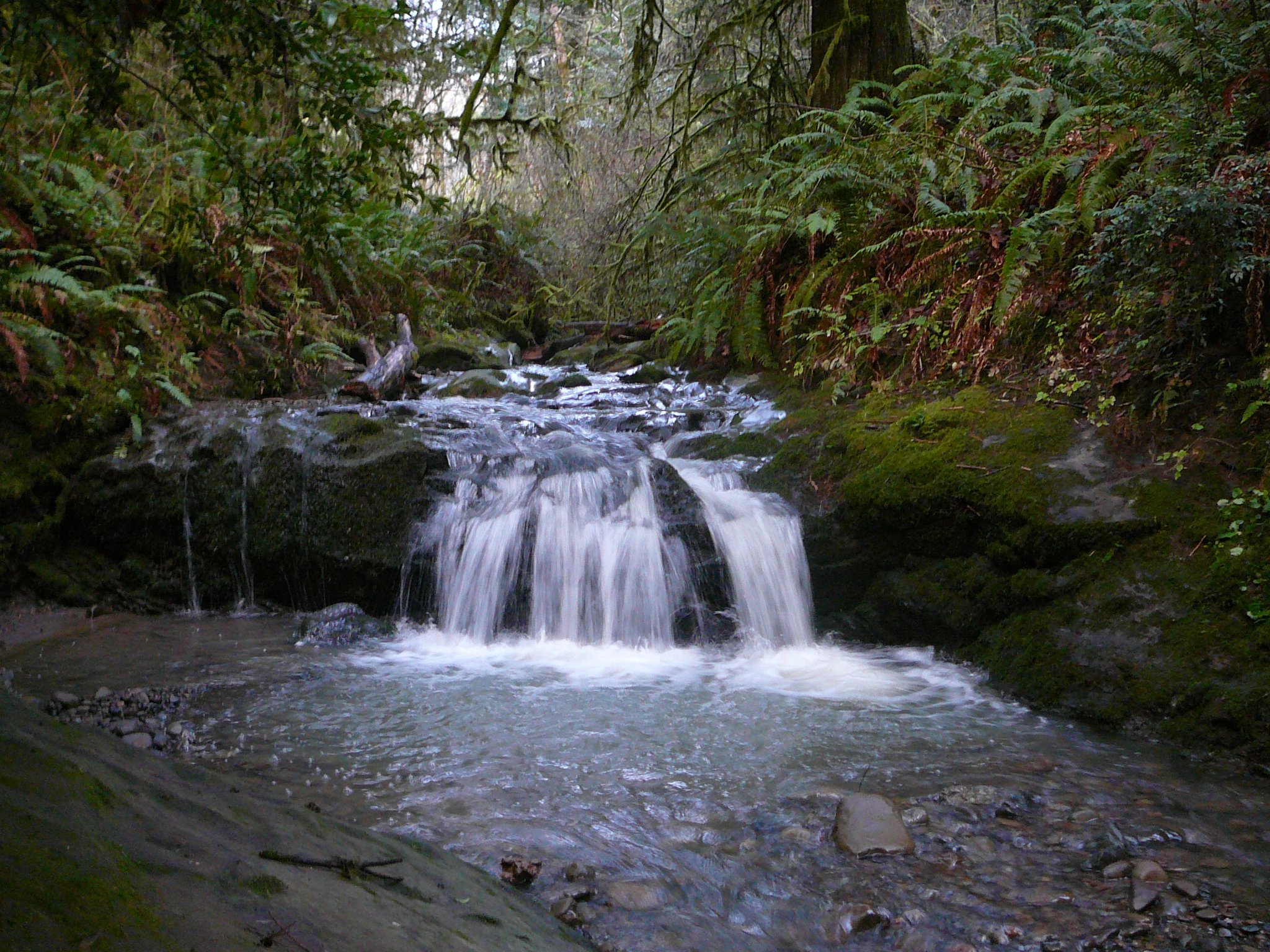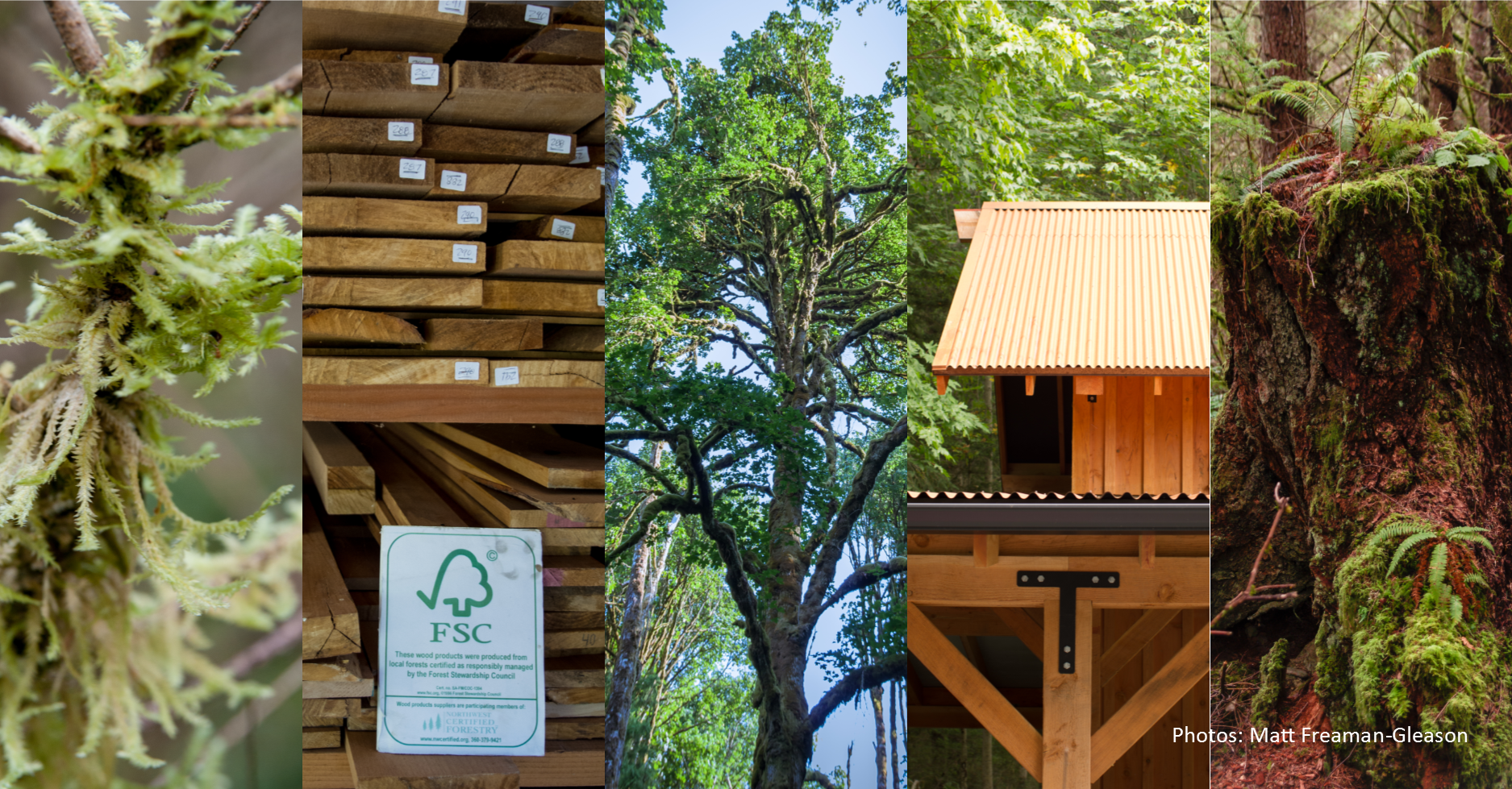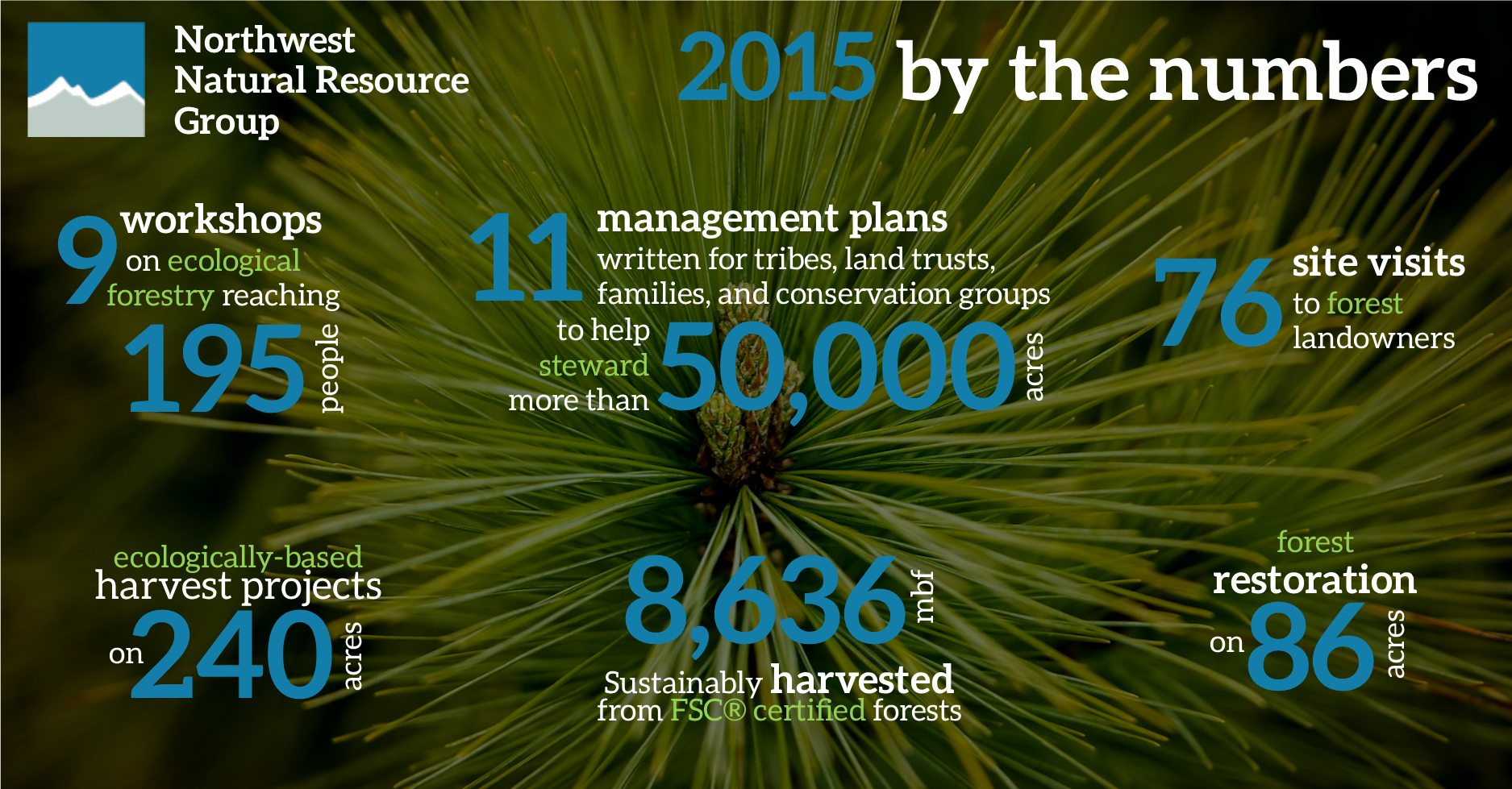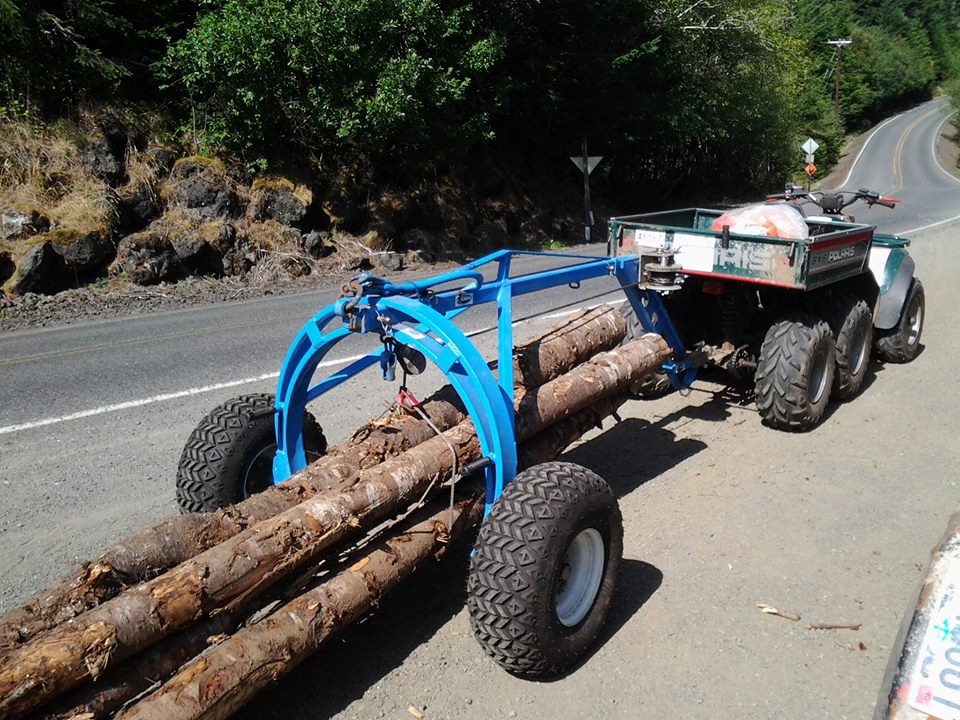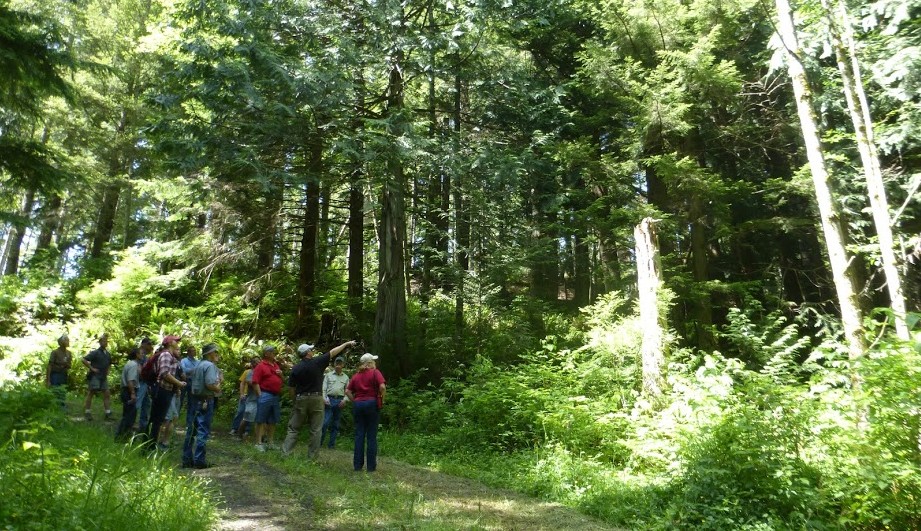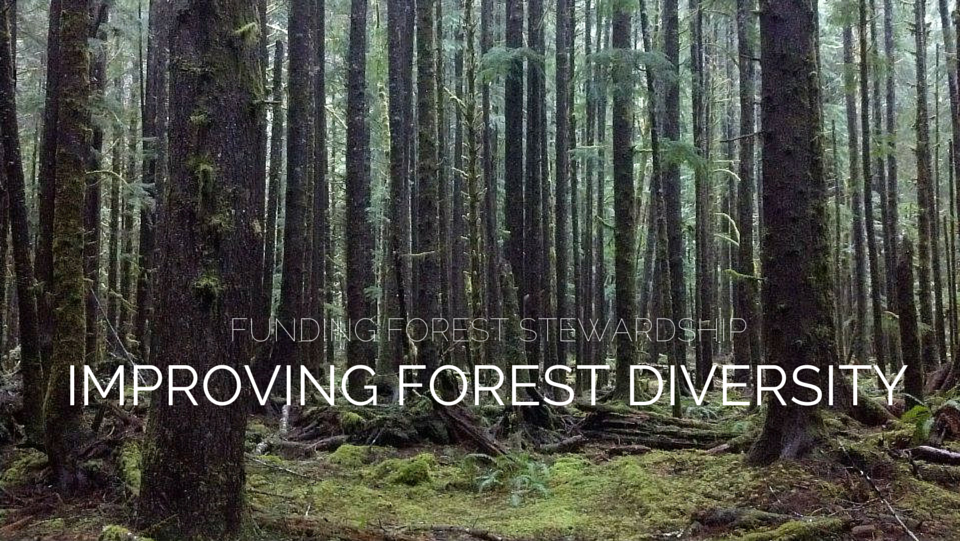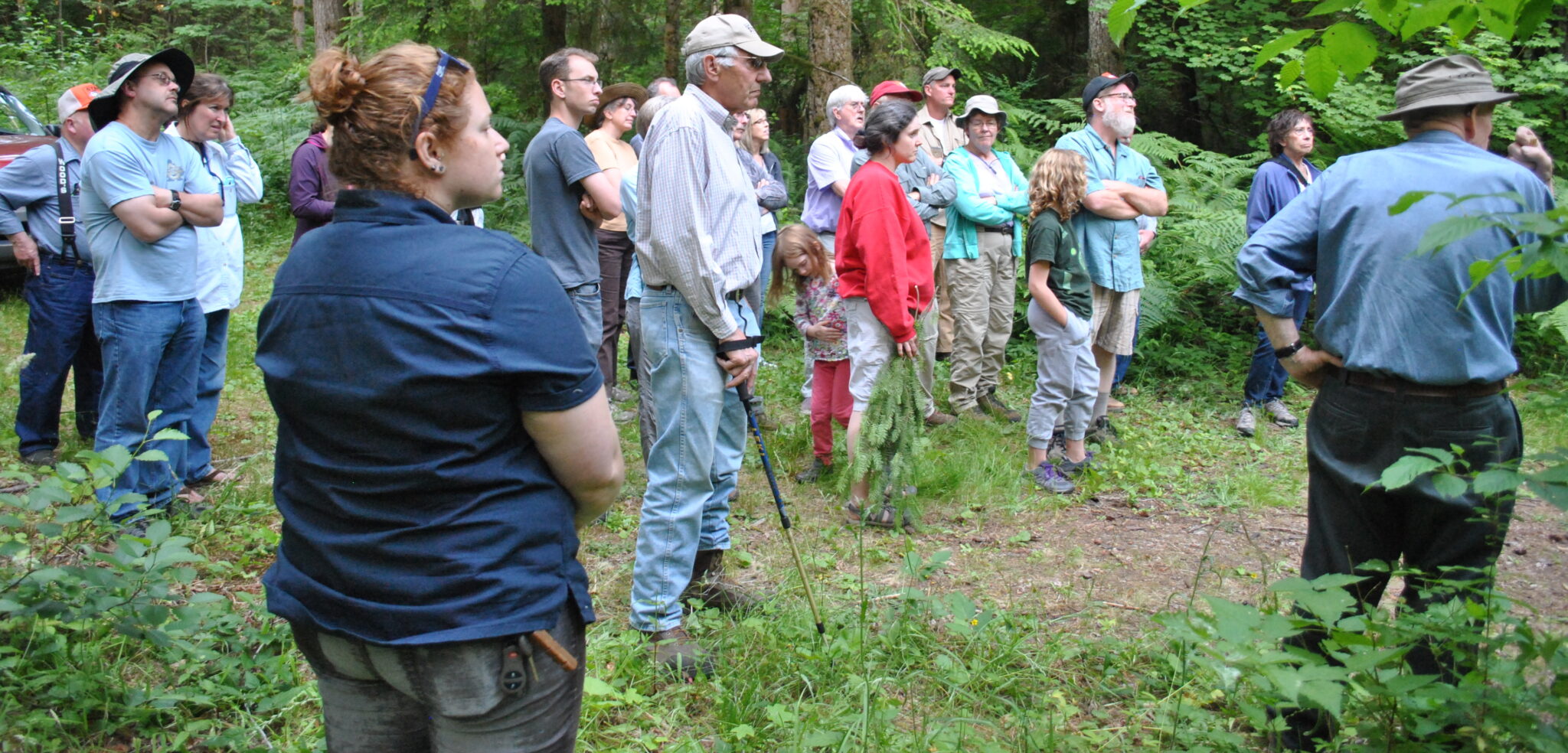Climate change is impacting landscapes on a large scale, and forests – one of our largest carbon sinks and
a critical part of any climate mitigation strategy – are at risk. If climate change is making forests more vulnerable, can innovative forest stewardship make them more resilient, and sustain the role they play in watershed protection? This question led us at Northwest Natural Resource Group (NNRG) to create an experiment in practical forestry methods, in collaboration with forward-thinking partner organizations.
Ecological restoration
Restoring watershed ecosystems at Tarboo Forest
Northwest Watershed Institute (NWI), a Port Townsend-based non-profit, leads the work to regrow old-growth forests in the uplands of Tarboo Creek and re-establish forested wetlands in the floodplain. Over the years, NWI has quilted together Tarboo Wildlife Preserve, 396 acres in the Tarboo valley near Quilicene, Washington.
Helping Your Forest Through Dry Times
The drier and hotter years ahead don’t have to spell trouble for the forests you steward. From recognizing and responding to drought stress in trees to planting tree species from other regions, there are steps you can take to mitigate the impacts of climate change in your forest.
Forest restoration with birds in mind
When carrying out stewardship activities to help grow ecologically-complex and productive forests, there are things you can do to ensure your efforts are welcoming to our feathered friends.
Cedar Row Farm
Eve Lonnquist can often be found working in the woods, just like her grandmother, who bought Cedar Row Farm in 1919 for $2000 and planted its namesake row of cedars. Nestled in the Nehalem River foothills, the 160-acre forest is stewarded by Eve, her two brothers and her partner Lynn Baker. The family enjoys taking […]
Central Cascades Forest
The 46,000 acres of forestland spanning Snoqualmie Pass to Cle Elum known as the Central Cascades Forest (CCF) is now Forest Stewardship Council®-certified, through NNRG’s group certificate. It’s the Northwest’s largest jump in certified forestland since the City of Seattle’s Cedar River watershed earned FSC certification in 2011. The CCF is managed by The Nature Conservancy […]
Oregon Native Bee Atlas
Bees need our help. Just five years ago Oregon saw a major bee die off, and pollinator populations continue to decline around the world. “We have more species of bees in the Pacific Northwest than all the states in east of the Mississippi,” says Andony Melathopoulos, a pollinator ecotoxicologist with OSU. “We really want to protect […]
Member Spotlight: Butler Family Forest
Paul Butler has had a life-long love of forests. Now that he and his wife steward their own forest they’ve taken steps to care for and enjoy their land. Paul tells us how his relationship with his woods has deepened over time and what actions he’s taking to make the forest healthy.
By the Numbers: 2016 Accomplishments
2016 was an incredible year for Northwest Certified Forestry members and the forests they steward. Because of the dedicated community of ecologically-minded woodland owners, Pacific Northwest forests are healthier, more resilient homes for wildlife and people alike. Here are some highlights of our year: Accomplishments: We hosted 11 workshops on ecologically-based forest management, precision tree-felling, forest […]
Stewardship: Just Call It Love
Christine Johnson (with her husband Terrigal) has loved forests all her life. As NNRG’s board chair, she helps us work to protect the health, resilience, and character of these incredible places, share her love of Northwest woodlands every step along the way. Her 10-acre, FSC®-certified forest on Waldron Island is a living testament to Christine’s stewardship. Learn more […]
Member Spotlight: Orkila showcases ecological forestry
Along the rocky shores of Orcas Island, YMCA Camp Orkila is a special place where the forest meets the sea. Campers describe the iconic Northwest destination as magical, Neverland, and Oz. The YMCA offers camp programs by summer and outdoor environmental education programs in the spring and fall, serving more than 17,000 campers and students each year. The iconic camp […]
Member Spotlight: Oak restoration & attuning to “hidden” wonders
When Jeanie Taylor and her husband, Tom Lenon, saw their forest for the first time they knew it was home. While the 20 acres in the Gopher Valley hills of Yamhill County was riddled with scotch broom and blackberry, it also supported Oregon white oaks and suggested the potential to provide habitat for endangered Fender’s blue butterfly, threatened […]
Workshop: Ecological Forestry 101: Intro to Silviculture and Wildlife – June 4 & 11
Woodland owners in the Pacific Northwest are interested in maintaining forests that provide a broad range of ecological functions and economic goals. Enjoying wildlife and providing wildlife habitat are often motivators for stewarding woodlands. It’s important to understand how the habitat in your forest meets the needs of particular wildlife species and what you can do […]
Member Spotlight: Giving back to forest, creek, and community
Camp Myrtlewood brings together a community dedicated to stewardship, environmental education, and fellowship. Just a few miles upstream from the confluence of the Middle Fork Coquille River and Myrtle Creek, Camp Myrtlewood includes 124 acres of temperate rainforest that is Forest Stewardship Council® certified through NNRG’s FSC® group certificate. Tucked away in the Coast Range […]
Workshop: You Bought a Forest, So Now What? – April 23 & 30
Owning forestland has been your dream, but now that the land is yours where do you start? This workshop will introduce you to the natural history and ecology of western Washington and Oregon forests and provide key information for starting to assess and manage your land. You’ll also come away with a framework of ideas, […]
By the Numbers: 2015 Accomplishments
2015 was a productive year! Northwest Certified Forestry members showed their dedication to stewarding Pacific Northwest forests with ecologically-minded practices that contribute to the regional economy. We are so inspired by the forest stewards in our community who worked to enhance habitat for threatened and endangered species, remove invasive species, plant native seedlings and shrubs, pursue […]
Member Spotlight: Large woody debris & wetland restoration
In our Member Spotlight series, we highlight Northwest Certified Forestry (NCF) members who are improving ecosystem functions and who have cultivated forest products for unique and entrepreneurial purposes on their land and within their communities. In this edition, we introduce you to Digger Mountain Forestry-a Forest Stewardship Council® certified member of our group certificate, and Yankee Creek Forestry-an NCF Preferred Provider. Recently, […]
Growing biologically rich forests for wildlife and income
On a beautiful summer day in early June, woodland owners gathered inside the library at Sedro-Woolley High School for the Managing for Timber and Wildlife workshop. The more than 20 participants were there to learn from Rolf Gersonde and Ken Bevis, two experts in the fields of silviculture and wildlife biology. Rolf Gersonde, a renowned silviculturist and researcher […]
Funding Forest Stewardship – Enhance Forest Health
For updated cost-share funding offered through NNRG in 2024 click here. For the third installment in the Funding Your Forest series, we’re focusing on ways to improve the diversity and productivity of your forest. Stewarding a forest that is diverse in species, age and size classes, with appropriate stocking densities is beneficial to the entire […]
Crystal Lake Tree Farm – a community and a classroom
On June 23, I was fortunate enough to attend a forest health workshop at the location. It was a lovely night to be outside as we tromped up and down the road of Crystal Lake Tree Farm. Settled on 400 acres in suburban Woodinville, WA, its location is merely one special aspect of the tree […]

